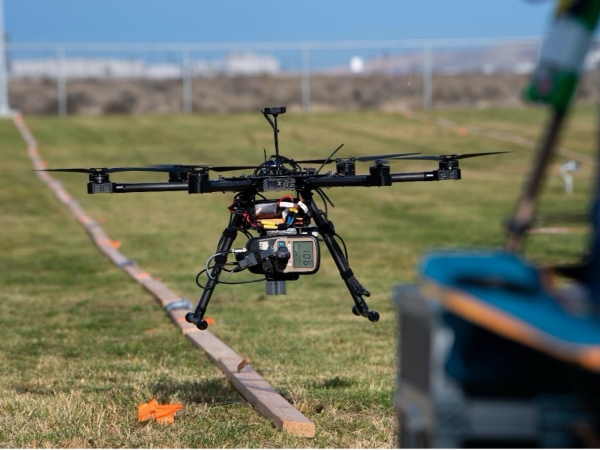Unoccupied aerial vehicles, better known as drones, have rapidly advanced from a quirky, high-flying novelty to a versatile workhorse.
They are tools for search and rescue, traffic monitoring, weather monitoring, and perhaps even package hauling.
One day, they may work with humans to augment the task of conducting surveys to detect low levels of radiation—information that could contribute to the decommissioning of sites no longer needed for nuclear-related energy production or research.
Pacific Northwest National Laboratory (PNNL) researchers found that drones have potential to conduct decommissioning radiological surveys, but further research is needed before the devices are approved for decommissioning purposes. The PNNL researchers detailed their findings for the U.S. Nuclear Regulatory Commission (NRC) in the recently released proof-of-concept report, “Drones for Decommissioning.”
Read more at Pacific Northwest National Laboratory
Photo: During a study conducted for the U.S. Nuclear Regulatory Commission, PNNL researchers made sure that the drone flew slowly while maintaining an altitude of approximately one foot over the ground for accurate radiological measurements. (Photo by Graham Bourque | Pacific Northwest National Laboratory)


